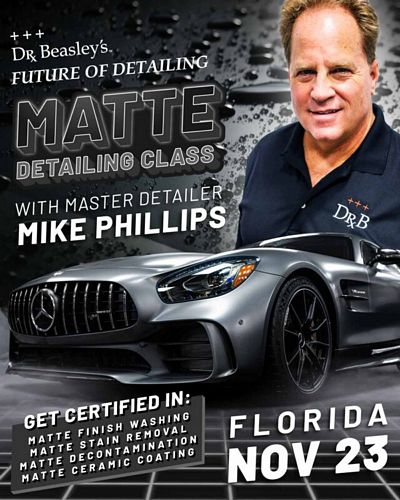Setec Astronomy
Member
Hi Mike, I know you are probably still resting up from a long week at SEMA, but I saw your short video on Dr. Beasley's Total Decon product, and had a few questions.
Nowhere does this mention any color changing, and I see the SDS has all trade secret ingredients and doesn't show a pH, and says it has no odor, so it would seem this works differently than the thioglycolate products (which smell like hair perm), or the old-school acid-based decon products (ABC, etc.)
Can you tell us a little more about this product and how it works? Obviously Dr. Beasley's thinks this approach is better than what's on the market already, so I'd like to understand why. I'd love to use a decon product that I won't still be smelling on everything 2 weeks later. Also, is this a good product for wheels? Oh, now I see there is Intensive Brake Dust Remover which seems to be a similar product for wheels. These products don't seem to be getting much buzz so I wanted to hear some more about them.
Nowhere does this mention any color changing, and I see the SDS has all trade secret ingredients and doesn't show a pH, and says it has no odor, so it would seem this works differently than the thioglycolate products (which smell like hair perm), or the old-school acid-based decon products (ABC, etc.)
Can you tell us a little more about this product and how it works? Obviously Dr. Beasley's thinks this approach is better than what's on the market already, so I'd like to understand why. I'd love to use a decon product that I won't still be smelling on everything 2 weeks later. Also, is this a good product for wheels? Oh, now I see there is Intensive Brake Dust Remover which seems to be a similar product for wheels. These products don't seem to be getting much buzz so I wanted to hear some more about them.



